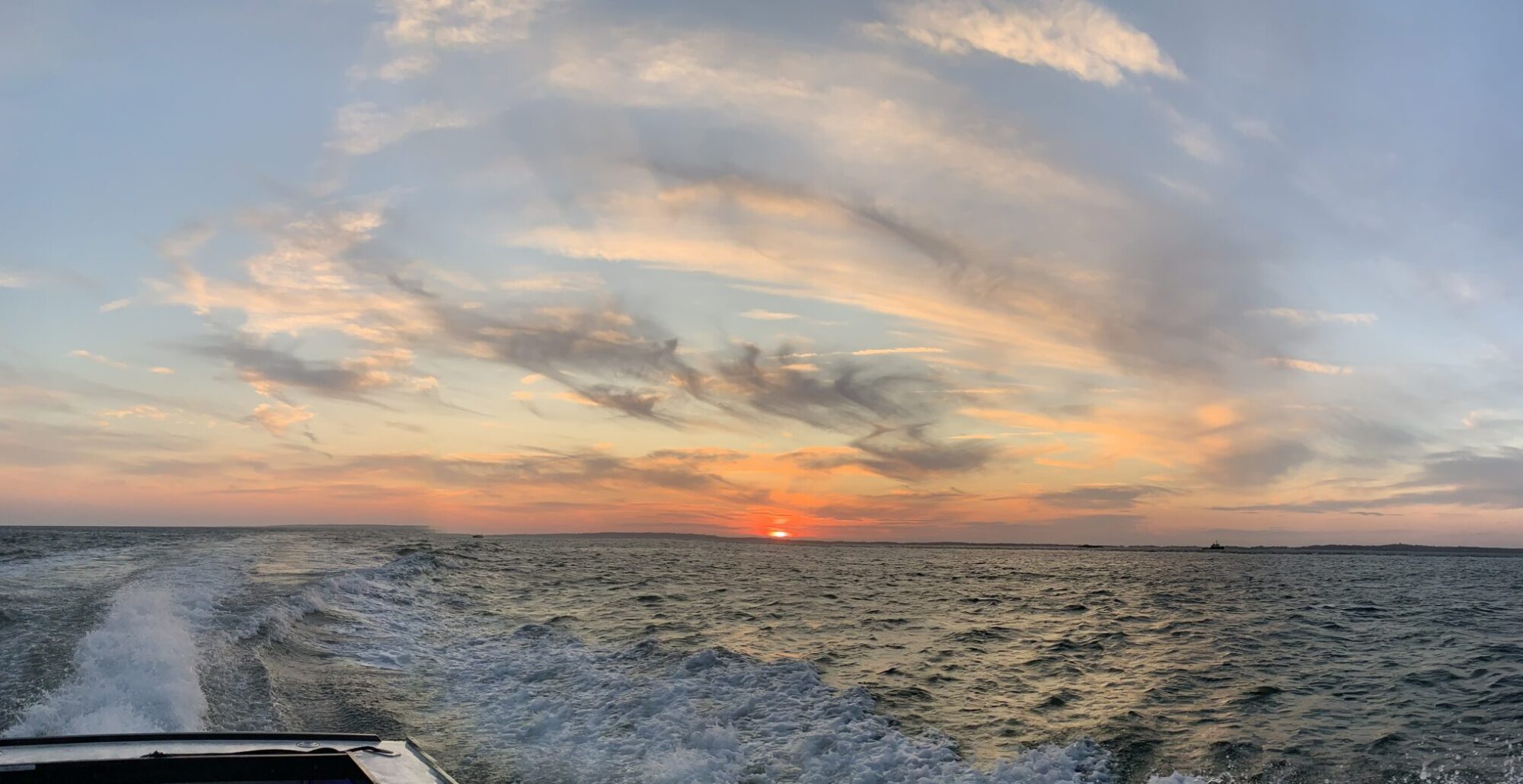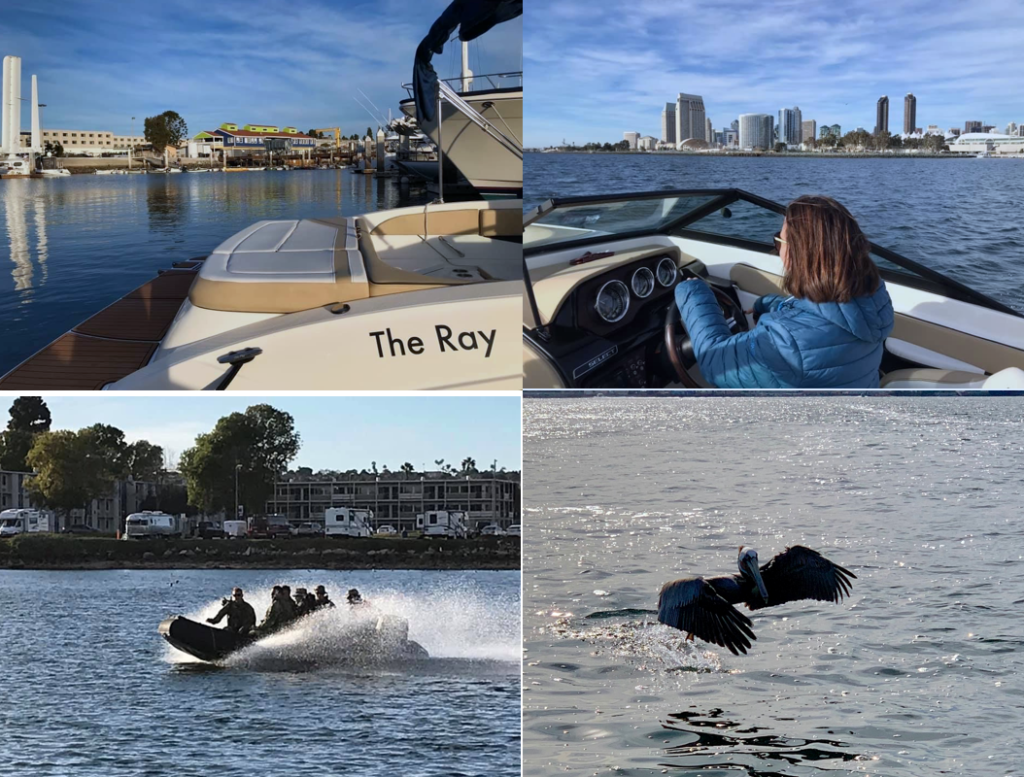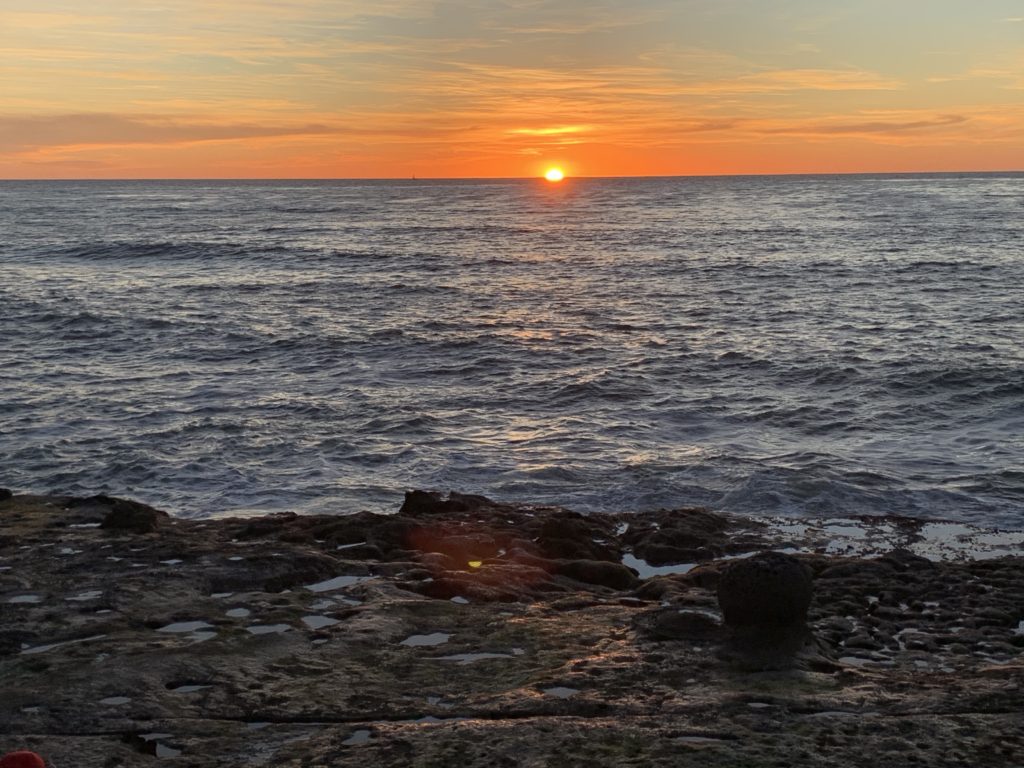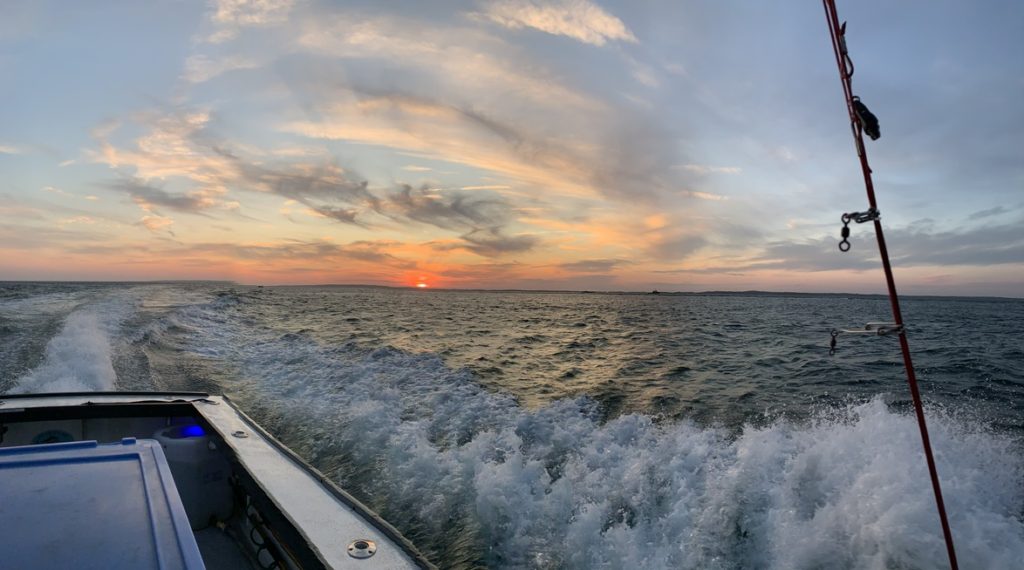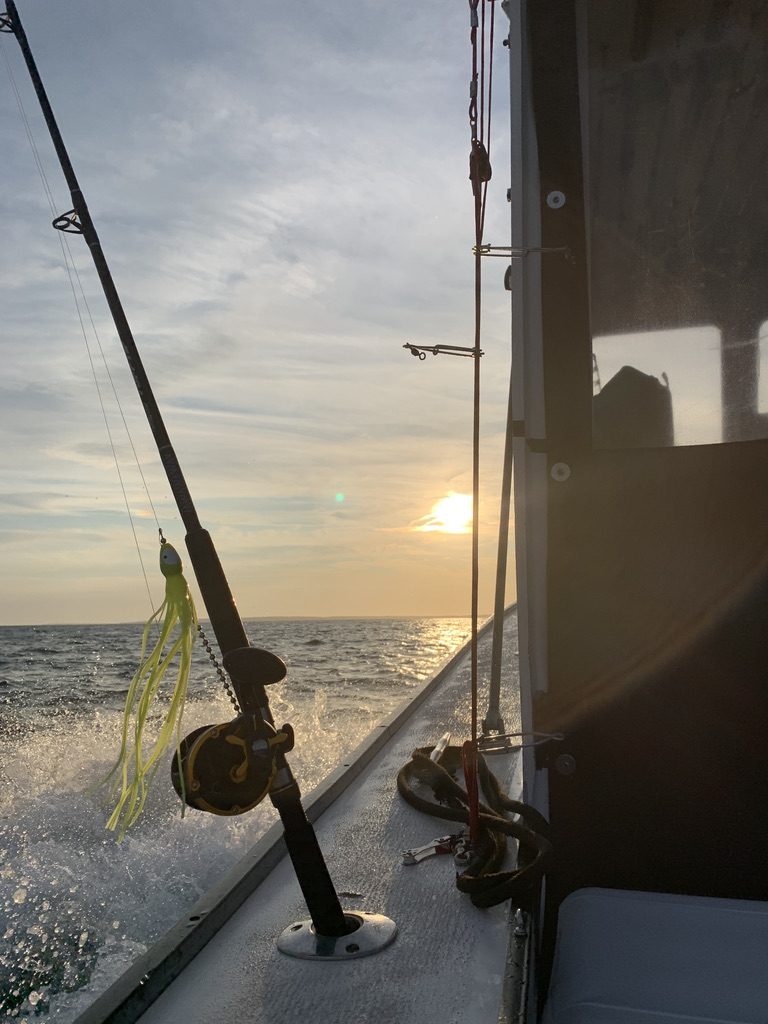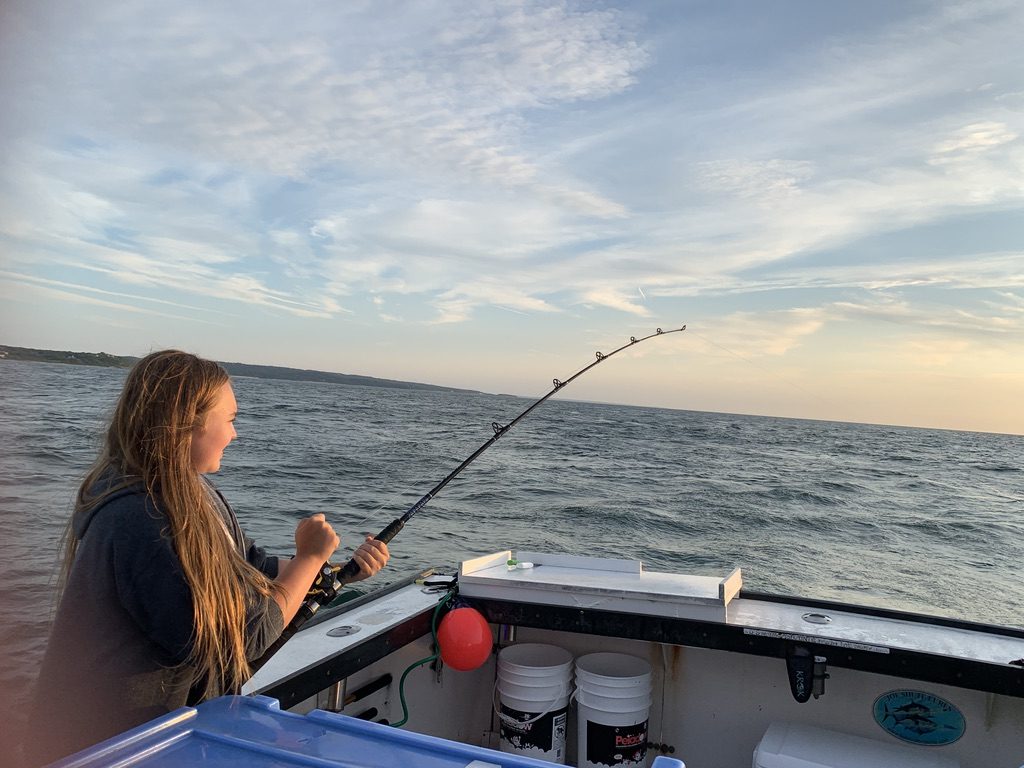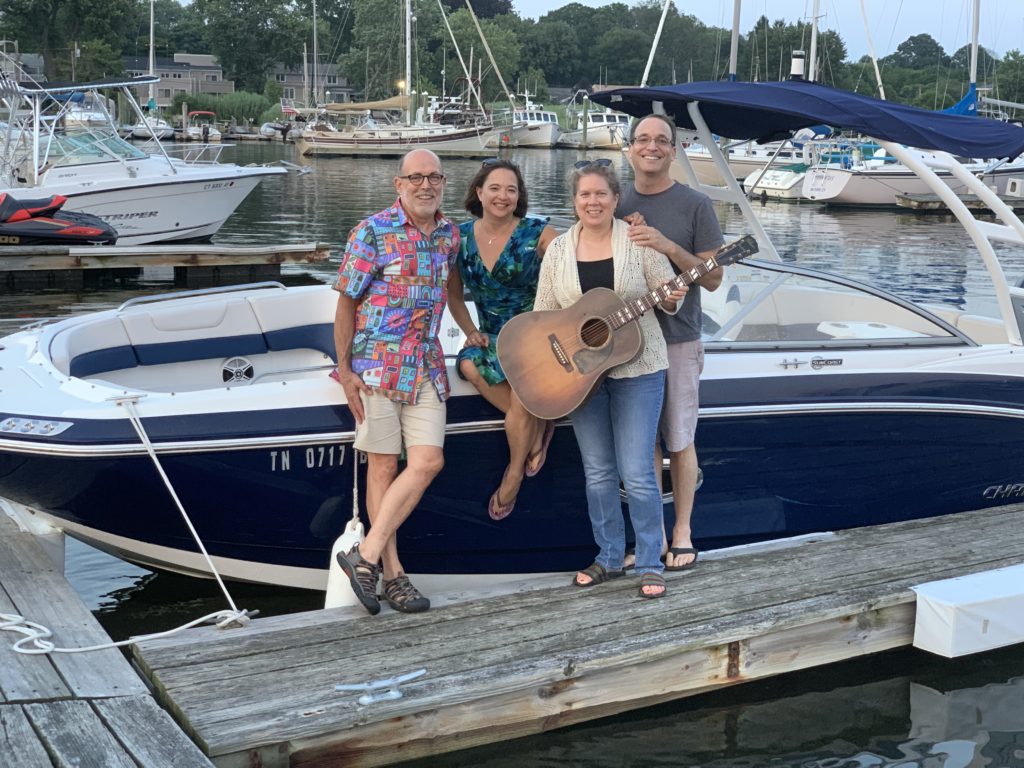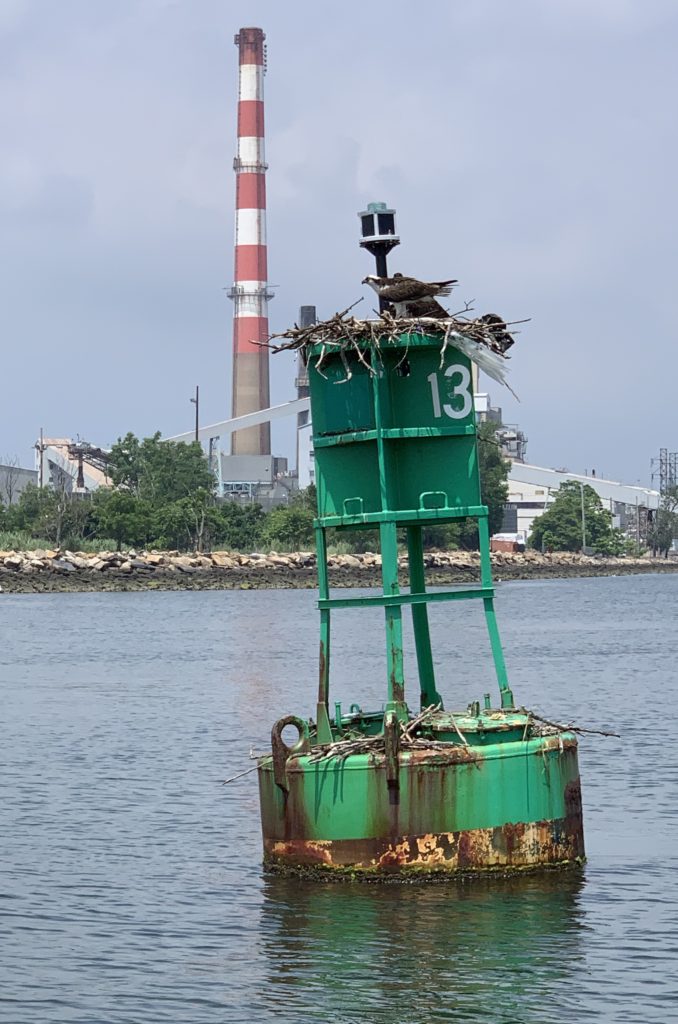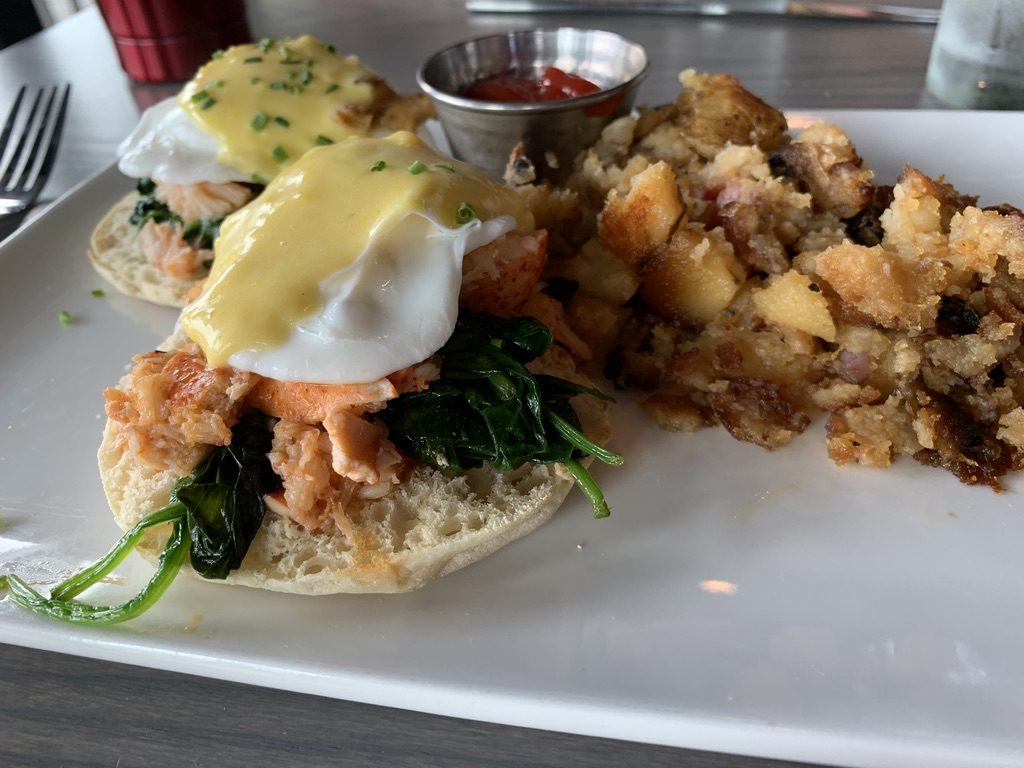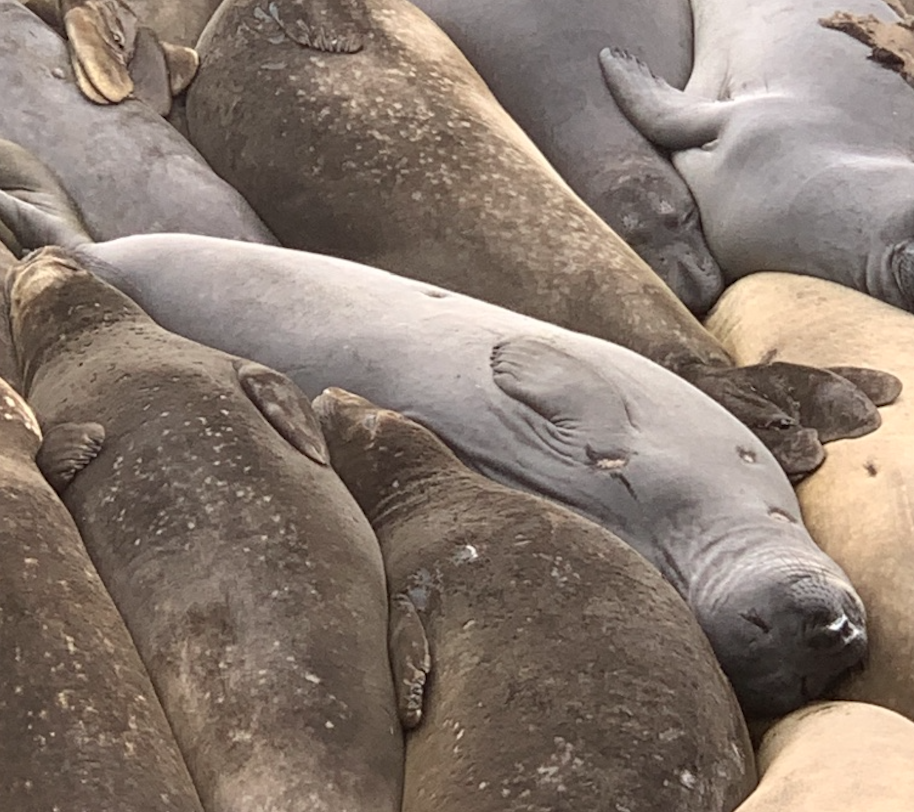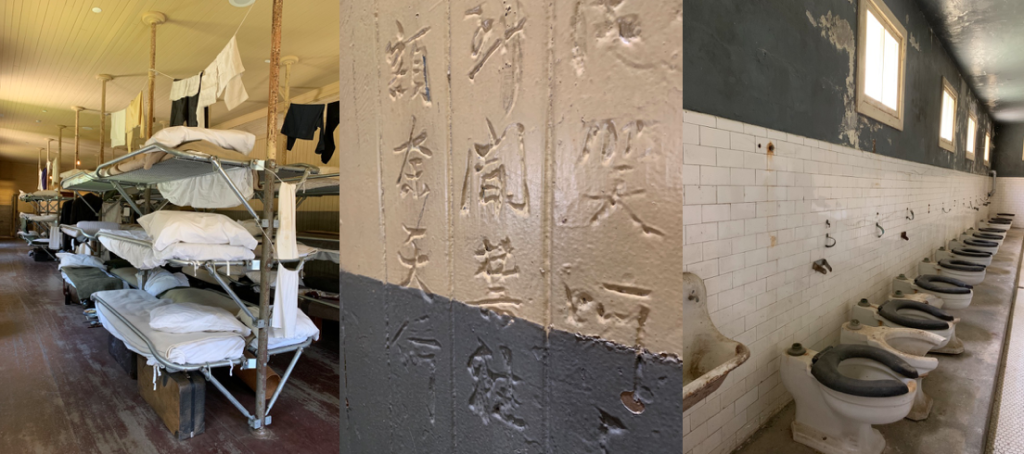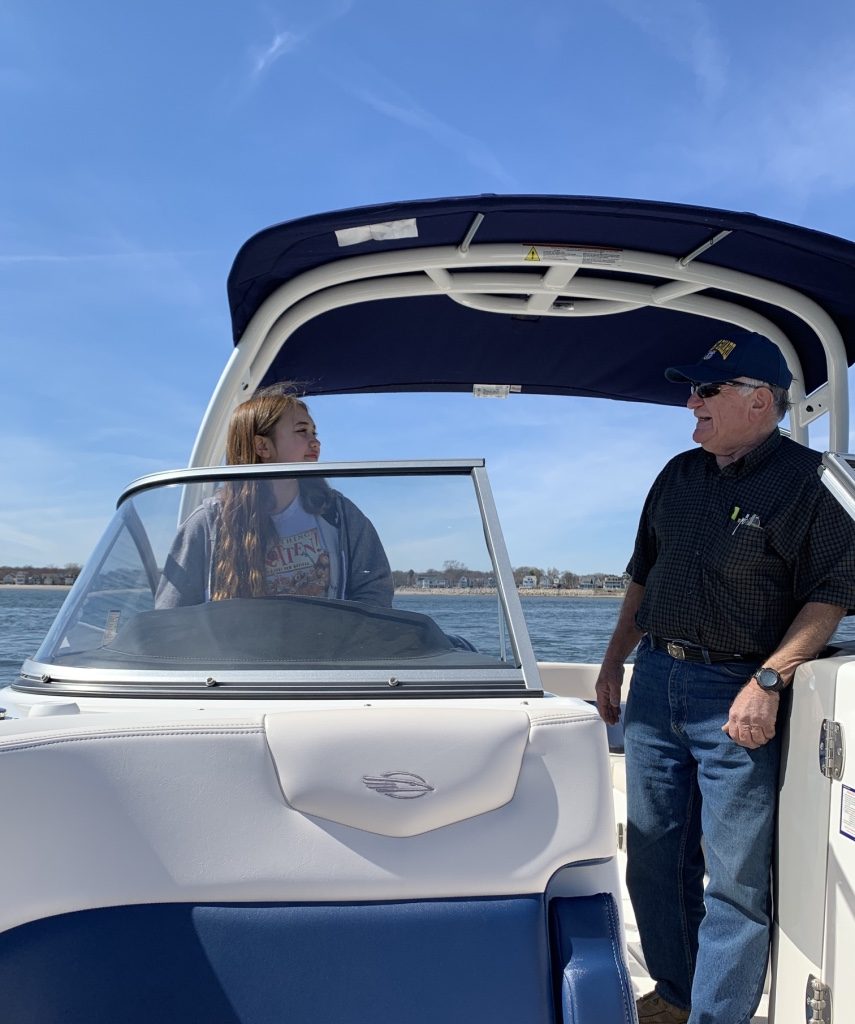
Our society tells us that we must be perfect parents. Both spouses are expected to work full time, shuttle the kids between after-school enrichment activities, help with homework, read bedtime stories, smile through it all, and then fall exhausted into an overwhelmed stupor called sleep each night. Then we must rise at the crack of dawn to do it all over again. Sound familiar? Wait, that was life before COVID-19.
One month into our state’s stay-at-home order, which happens to coincide with a cold and dreary Connecticut spring, I was ready to pull my hair out. I still had to do all the above, much of it as a “Zoom cameraman,” AND teach elementary school, AND tend to the emotional needs of children who desperately miss their friends . . . F**k that.
Rather than yanking out large clumps of hair and going bald, I took a deep breath and reminded myself that it is impossible to do everything – those who say that they are on Facebook are LIARS – and I went into working-parent triage mode.
Take care of the gunshot wounds first
Triage happens when you visit the emergency room—a sadly apt analogy these days. Those who have gunshot wounds see the doctor right away; those who need a couple of stitches can wait for hours on a busy day. Take care of life’s gunshot wounds now; the stitches can wait.
Everyone will have a different calculus, but for most people the “gunshot wounds” are doing a good enough job at work to remain employed (if you’re lucky enough to be working these days). Taking care of your kids’ and—this is important—your own emotional needs is also at the top. Submitting completed assignments to teachers in Google classroom is secondary, particularly if the process creates extra work for parents without a countervailing educational benefit for the student. At the very bottom of the list is folding laundry. Your pet doesn’t care if your clothes are wrinkled. If it makes life easier, eat all your meals off disposable dinnerware to cut down on chores. In short, cut any and all non-essential corners that you can. Lastly, I’d put obsessively watching the news at the bottom of the triage list—stay informed, but limit it, or you might curl yourself into a ball and stay in bed until there’s a vaccine.
Keep happiness in the mix
During this time of sadness, depravation, and isolation, it’s easy to feel guilty about having fun. Don’t. While we are in a time of mourning for sure, making ourselves and our families as happy as possible keeps us sane and allows us to endure this seemingly endless marathon. Keeping our spirits up will also allow us to be kind and supportive of our families, friends, and communities.
I love being outdoors, so if it is a beautiful day outside, my kids and I go off the lesson plan and take a field trip to a nature trail, or we collect shells on the beach and I “teach” biology. When the weather warms up, I look forward to boating and spending even more time outdoors.
The vacation may have been cancelled, but don’t cancel your time off
For spring break, we had planned to go to Disney World and had rented a beach condo and (of course) a boat in Florida. It was a long-awaited splurge after several difficult years. Obviously, it didn’t happen. Many families just cancelled their trips and slogged through April break working from home without doing anything fun as a consolation prize. We still took time off, which has been a game-changer. We took long drives and spent every possible moment in nature (albeit far from other people). We cooked ourselves decadent meals, watched movies, and tuned out work, school, and the news. Life felt somewhat . . . normal. Moments of normalcy are so rare now. Grab them whenever you can.
So, these are my two cents as a veteran far-from-perfect working parent. Take care of yourselves, stay safe and healthy, and grab moments of joy when you can. We’ll all get through this together.
